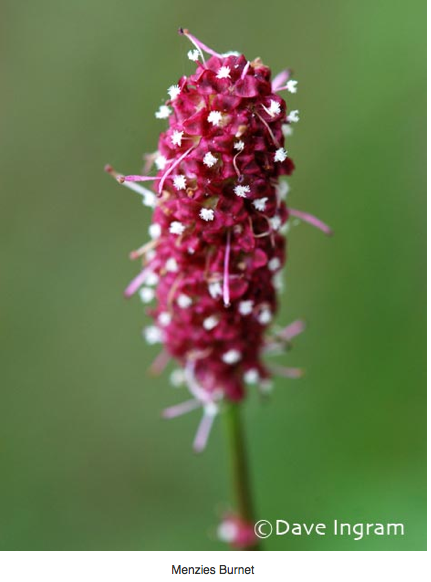
News/Reports
San Juan Ridge ER #83 Overview, Biological and Physical
ORIGINAL PURPOSE
To protect a rare and disjunct population of the white glacier lily, subalpine mountain hemlock vegetation, and subalpine wetlands.
Physical:
San Juan Ridge is the remnant of a Tertiary erosion surface, subsequently over-ridden and smoothed by Pleistocene ice which moved southerly across it. The reserve slopes to the north from its southern boundary which follows the crest of San Juan Ridge. Most of the reserve is gently rolling to dissected, but steep slopes occur along both sides of its northern bulge. Drainage is primarily into Three Arm Creek, a tributary of San Juan River. Proximity to the outer coast (10 km) and relatively high elevation result in deep persistent snow cover in at least some years.
Biological:
Northerly aspect, ridgetop winds, and deep snowfall result in the occurrence of subalpine (and even alpine-like) vegetation at fairly low elevations. This provides suitable habitat for the white glacier lily known to occur in British Columbia only here, at Tahsis, and Mount Waddington. This species, which blooms here in June, has a most distinctive leaf with its broad glossy green blade, abruptly narrowed base, and long slender petiole. It is most abundant in forest openings where snow persists until late in spring. Other “snowbed” plants here are black alpine sedge and the lichen Siphula ceratites.
Forest types include limited mountain hemlock-amabilis fir stands with an understory containing small twistedstalk, more extensive and more open yellow cedar-mountain hemlock woods with an understory of Alaskan blueberry and copperbush, stunted stands of mountain hemlock, and boggy areas dominated by yellow cedar and skunk cabbage. Localized openings dominated by red and white mountain-heather also occur. Wetlands and ponds provide habitat for cotton-grass, white marsh-marigold, butterwort, deer-cabbage, great burnet, tufted deer-grass, spreading rush, and narrow-leaved bur-reed.
Climate Change:
Subalpine lands in southern BC are categorized as possibly most at risk as the climate changes. Their displacement by more dry and warm-adapted tree systems is projected to occur. The bog ecosystems in this area may also be at risk from changes in hydrology.
blueberry, Alaskan (Vaccinium alaskaense)
burnet, great (Sanguisorba officinalis)
burnet, Menzies’ (Sanguisorba menziesii)
bur-reed, narrow-leaved (Sparganium emersum)
butterwort (Pinguicula vulgaris)
cabbage, skunk (Lysichiton americanus)
copperbush (Elliottia pyroliflorus)
cotton-grass, narrow leaved, (Eriophorum angustifolium)
deer-cabbage (Fauria crista-galli)
fir, amabilis (Abies amabilis)
hemlock, mountain(Tsuga mertensiana)
lichen sp., (Siphula ceratites)
lily, white glacier (Erythronium montanum)
marsh-marigold, white (Caltha leptosepala)
mountain-heather, pink (Phyllodoce empetriformis)
mountain-heather, white (Cassiope mertensiana var. mertensiana)
rush, spreading (Juncus supiniformis)
sedge, black alpine (Carex nigricans)
tufted deer-grass
twistedstalk, small (Streptopus streptopoide ssp. brevipess)
yellow-cedar (Chamaecyparis nootkatensis)

